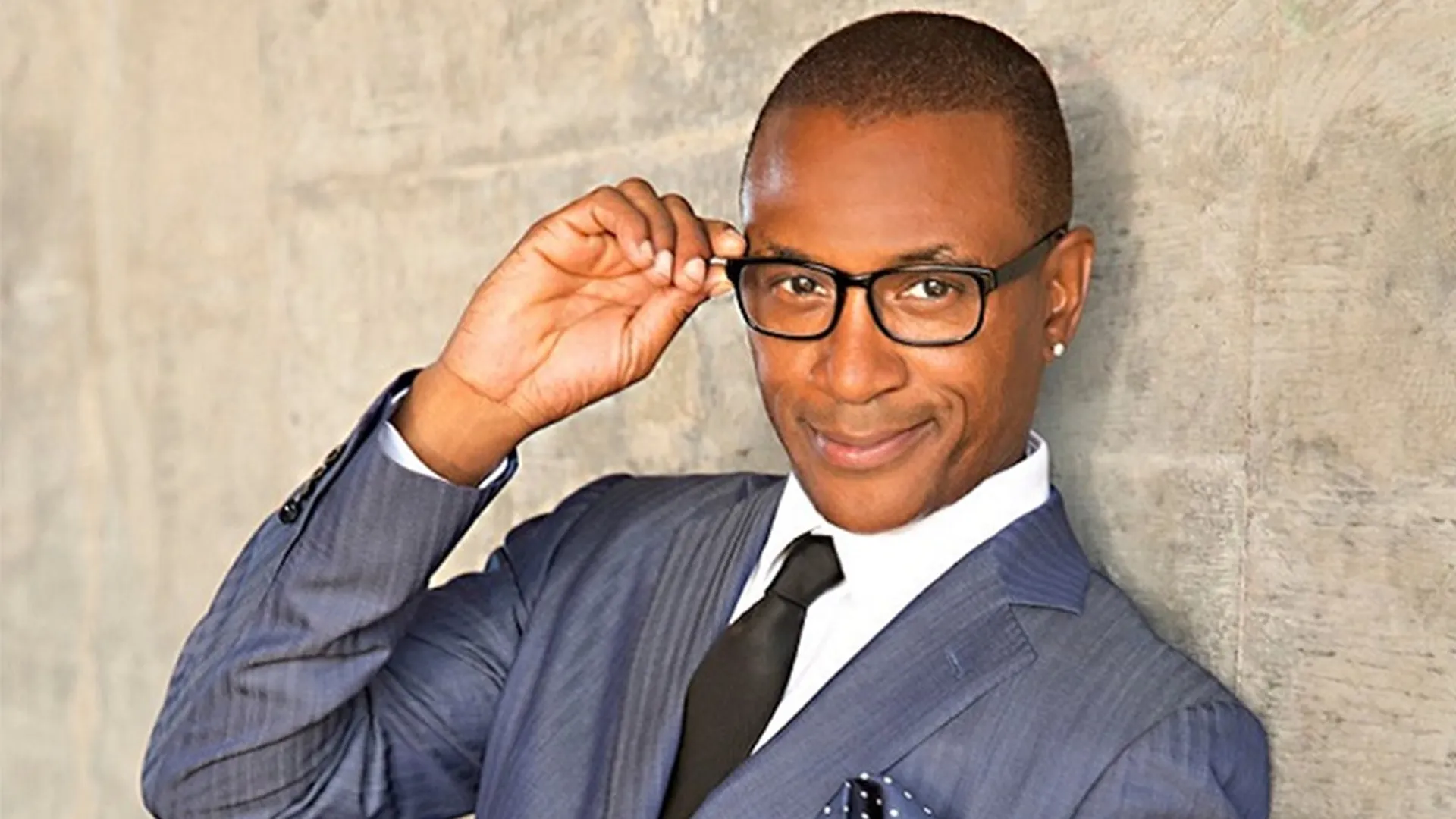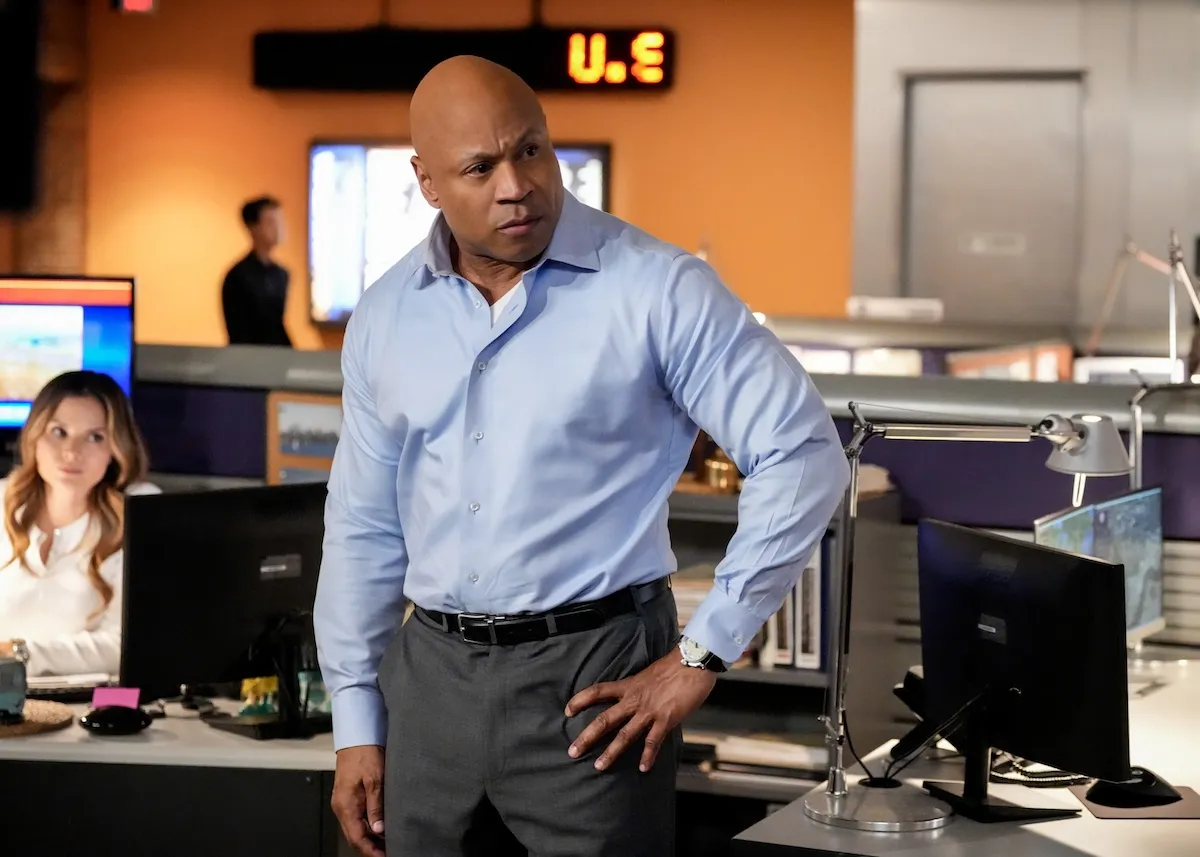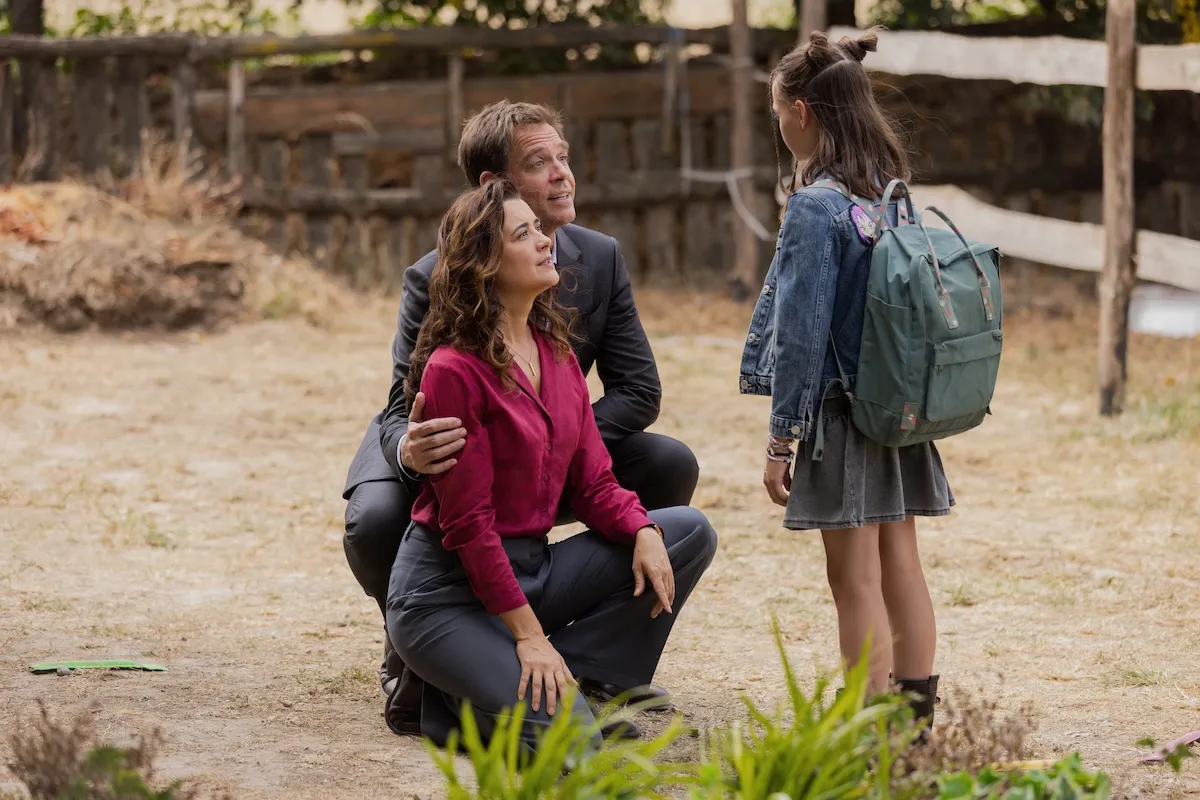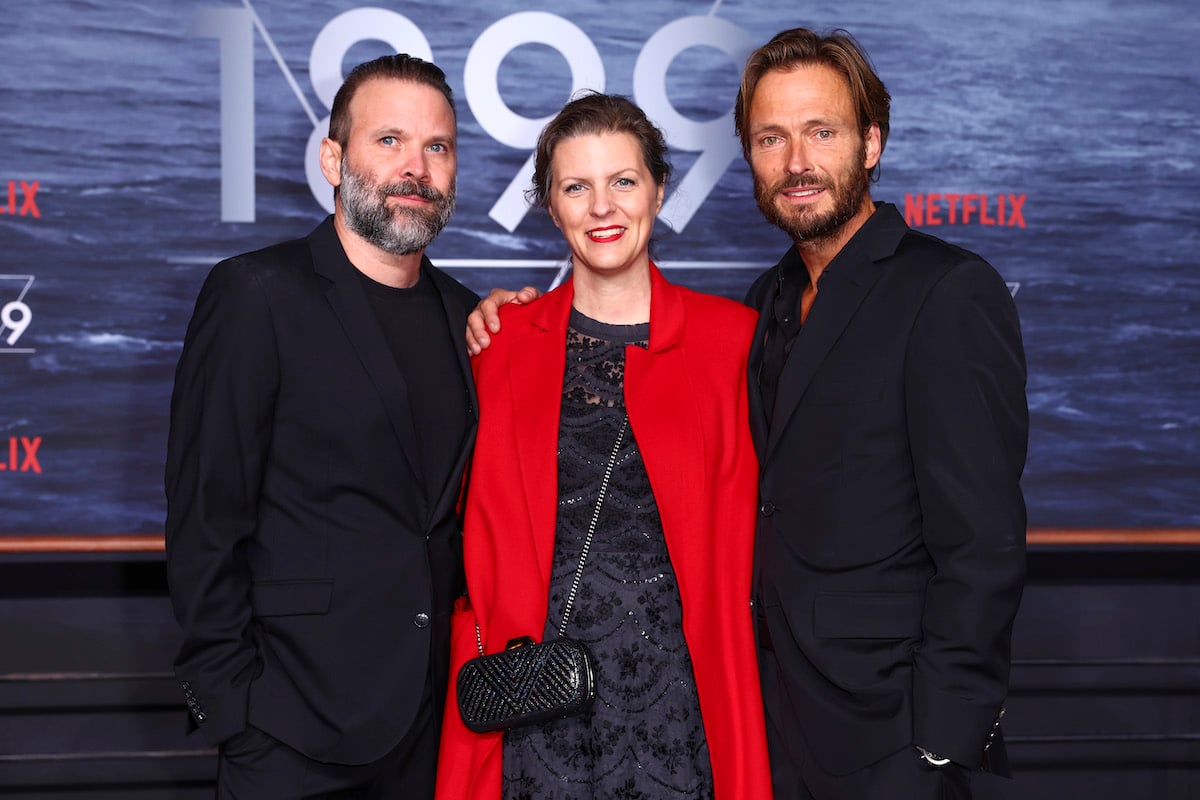
Filming Netflix Series ‘1899’ Made Cast and Crew Seasick
The German language Netflix show Dark is one of the more complex pieces of storytelling in recent years. When the show’s creators Jantje Friese and Baran bo Odar got ready to go into production on their follow up project 1899, they were presented with a puzzle more complicated than their plotlines: how do you responsibly shoot a sprawling show in Europe while contending with the coronavirus?
The state of the world in 2020 forced them to rethink their plans, eventually deciding to make the show with a piece of innovative technology made famous for its use in some of the Star Wars shows on Disney+.
‘1899’ is a sci-fi thriller inspired by immigrant-related crises in Europe
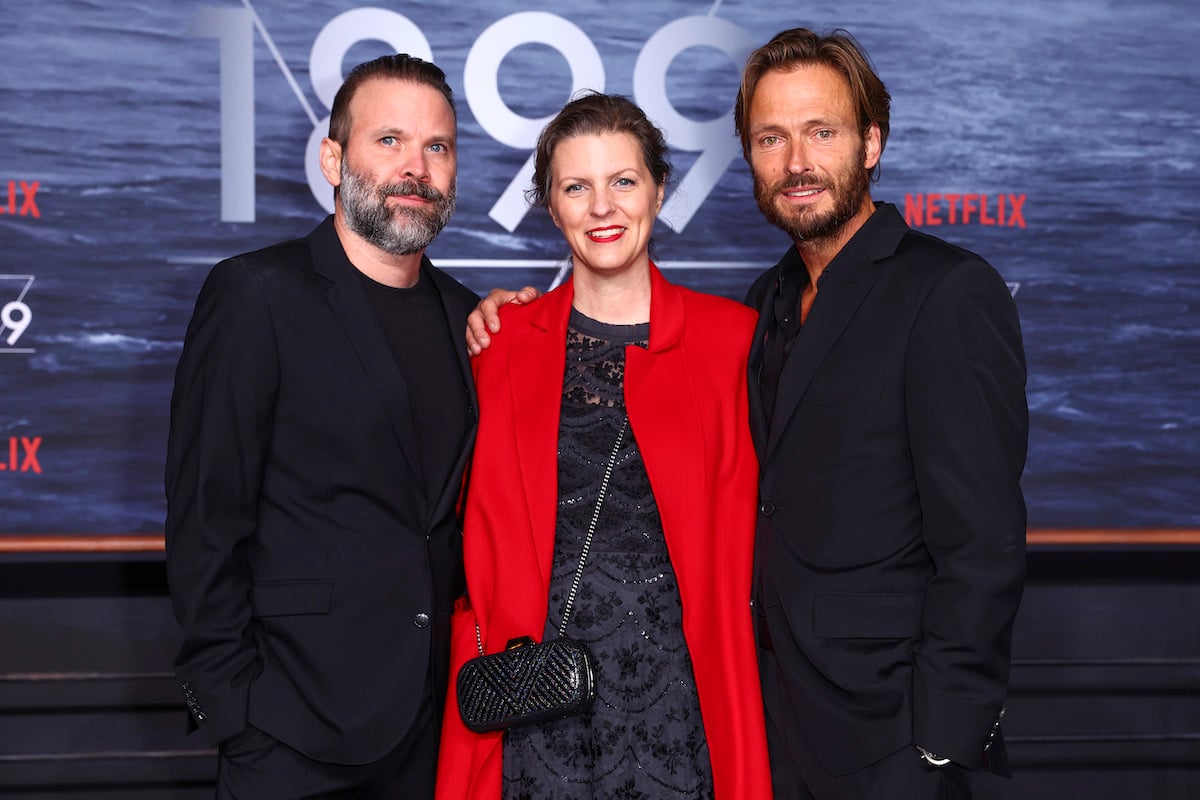
The plot of 1899 revolves around a group of European travelers making their way to New York on a ship called the Kerberos. The passengers come from several different countries and mostly speak in separate languages, making any sense of understanding between the characters next to impossible. What they do share is a desperate need to get away from their past lives, but the trip takes a turn for the bizarre when the Prometheus, a ship that disappeared without a trace four months earlier, sends out a distress signal from not far off the Kerberos’ path.
Ship captain Eyk Larsen takes a small group onto the ship in search of survivors, finding no one but a young boy who emerges from a cupboard holding a jet-black tetrahedron.
Friede and bo Odar started working on 1899 in 2018. They told The Hollywood Reporter that the show was deeply inspired by two things: a picture they discovered of a man covered in blood holding a hammer on top of a boat and the European migrant crisis of 2015 that brought over a million people to the continent seeking asylum and led to a more caustic political discourse as a result.
By the time they were ready to start shooting, COVID-19 had brought society as we know it to a halt. They realized quickly that shooting across Europe was not going to happen.
“We are very old school filmmakers. We’re used to going on real locations, using real sounds and stuff like that, that was the plan for this show,” bo Odar told Deadline. “The pandemic really hit us, and we had to discuss how we could do a pan-European show during this time – it was really the worst idea. Quite quickly we realized it would not be possible in the near future.”
The show’s state-of-the-art production methods was a first for Netflix
1899 is the first Netflix show shot entirely in a virtual studio known as The Volume. The eight-episode first season was filmed at the Dark Bay LED studio on the Studio Babelsberg lot outside Berlin. The technology is best known for its use as the backdrop in all of the Star Wars shows with the exception of Andor.
Bo Odar and Friede were convinced to use The Volume after Netflix showed them a test version at their UK studio. The appeal of the tech is that it allows filmmakers to create detailed visual effects shots in-camera.
The stage, which stands 23 feet tall and 75 feet wide with 4,500 square feet of shooting space, is surrounded by a LED backdrop rendered in the video game framework Unreal Engine 5 that can be changed in real time, removing the need for a green screen and drastically reducing the post-production process.
The team shot real-life backgrounds to use on the screens, but it’s not as simple as taking the footage and projecting it onto the screens.
“It’s not a projection, you don’t shoot a 360 of a landscape and project it onto LED walls, because you would move in with the camera and the projection would stay 2D,” bo Odar explained. “It’s about scanning landscapes and turning them into 3D models so you can actually walk through them. If I push the camera towards the wall, the landscape moves with us. It’s about creating 3D worlds in camera that can move and change with you.”
The production team did build the ship used in filming, and the effects of the Volume combined with the physical location were so realistic that some of the crew and actors actually got seasick during the shoot. “It’s really weird and interesting technology, but it’s very helpful for the actors”, Friese said to The Hollywood Reporter.
Virtual sets will only become more common going forward
To better understand the technology, 1899’s creative team met with the makers of The Mandalorian to get their advice about this new filmmaking technique and run it properly. They won’t be the only people to use this stage for their work.
Volumes understandably cost a lot of money to make and Netflix sought additional funding from the Investment Bank of Brandenburg to help create the facility. The streamer intends to use the set for more projects in the future, including at least one more season of 1899. (Friede and bo Odor have plans for at least two more seasons.) Dark Bay is the largest virtual production site in Europe.
“Going forward we have the opportunity for any filmmakers around the world to come to Babelsberg and use the facility. I envision that Germany can become a European leader in virtual production,” said Netflix’s director of International Originals Rachel Eggebeen.
